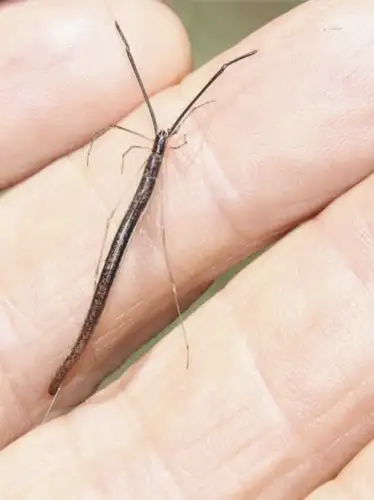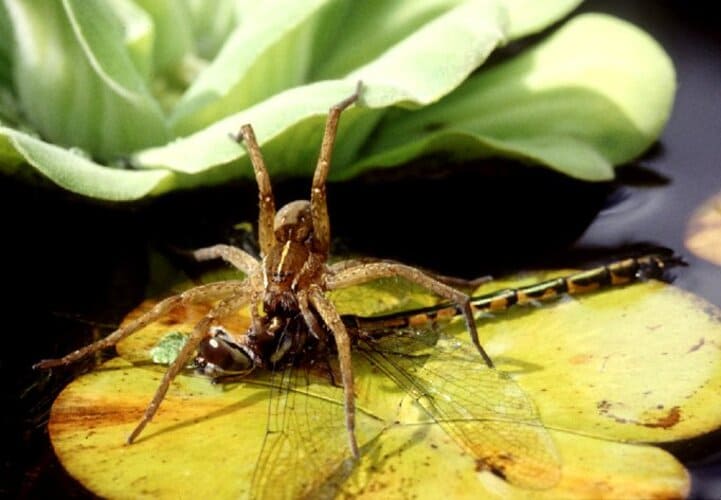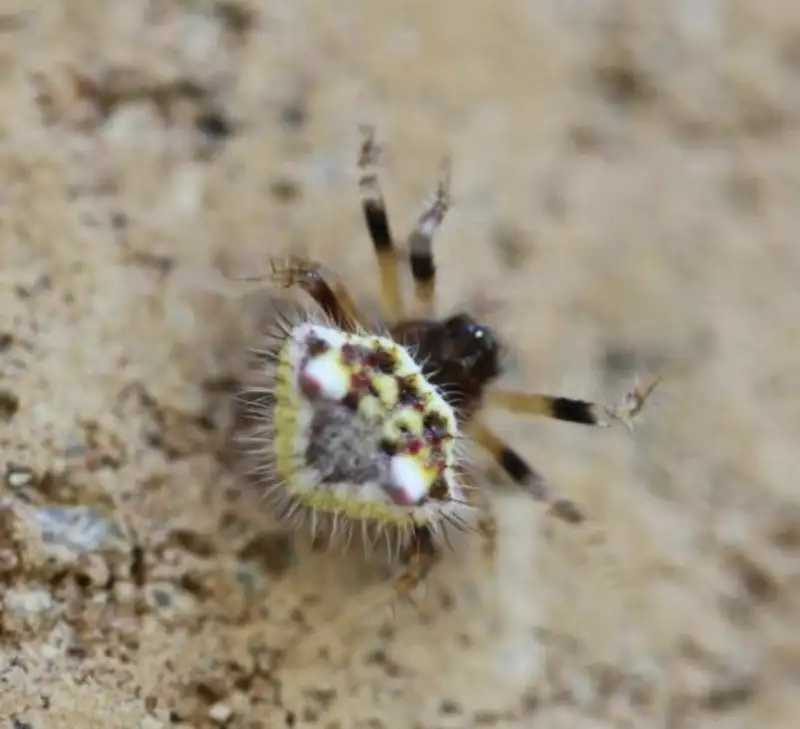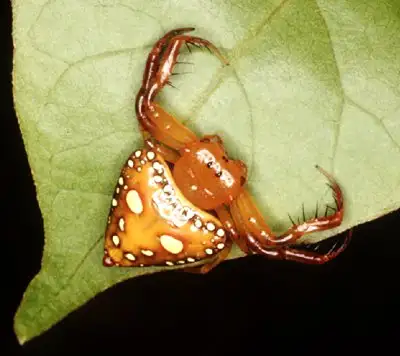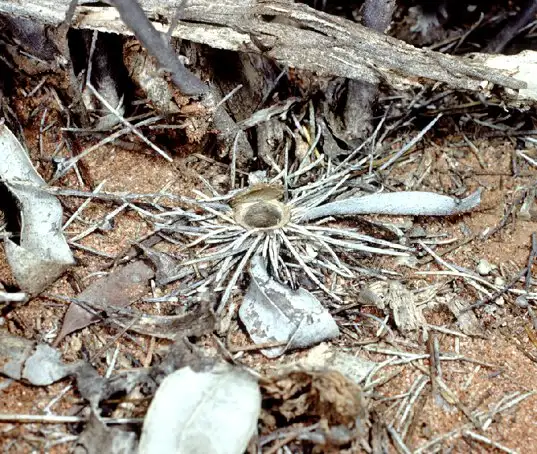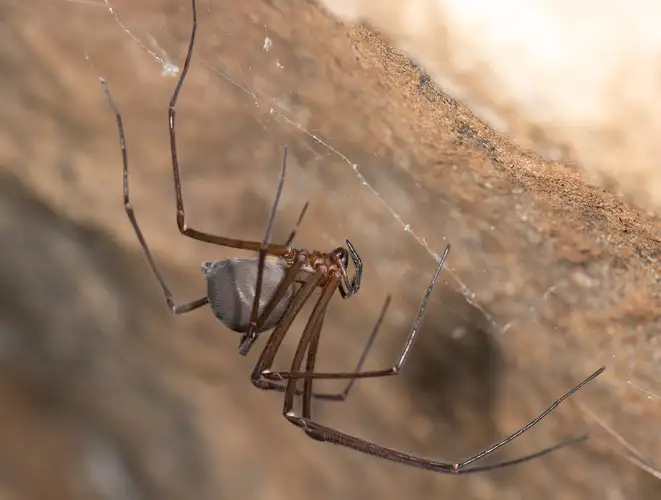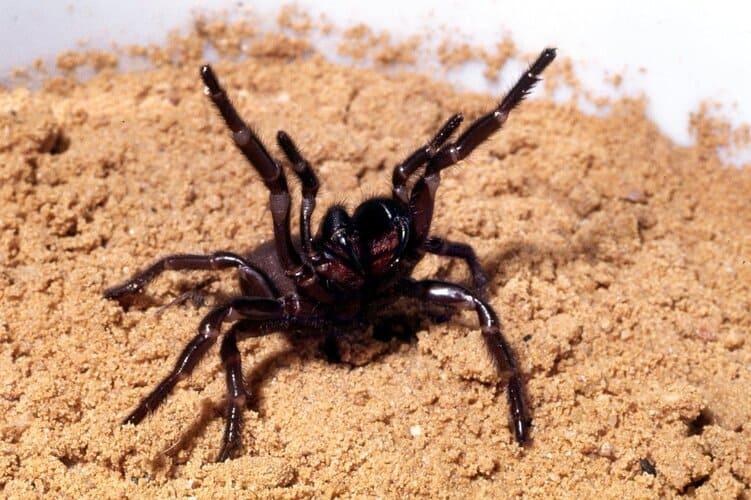Zorotypus medoensis
IUCN
LCBasic Information
Scientific classification
- name:Zorotypus medoensis
- Scientific Name:Zorotypus medoensis
- Outline:Arthropoda
- Family:Insecta O.Neoptera F.Neoptera G.Neoptera
Vital signs
- length:2.5-3mm
- Weight:No verification information
- lifetime:No verification information
Feature
The arrangement of the four hairs in the middle of the posterior part of the ventral plate of the eighth abdominal segment of the male insect is trapezoidal
Distribution and Habitat
The Medog wingless insect is distributed in Medog, Hanmi and Nyingchi in the Tibet region of China.
Appearance
The Medog wingless insects are divided into winged and wingless types. The winged adult is 2.5-3 mm long, dark black, with slightly lighter color at the end of the antennae and the tip of the appendages. The head is nearly triangular, with a bulge in the middle. The compound eyes are nearly round, dark black, and slightly protruding. There are three simple eyes on the frontal surface, and the frontal surface is sparsely covered with bristles. The antennae have 9 segments, which are bead-shaped, and each segment has sparse bristles. The mandibular whiskers have 5 segments, and the labial whiskers have 3 segments. The pronotum is nearly square, and the rear edge of the middle and metanothorax is slightly enlarged to form a trapezoid. The middle and metathorax are very developed. The pronotum is nearly round, densely covered with fine hairs, and there are several erect bristles at the front and rear corners; the middle and metathorax are nearly triangular, each with a pair of leaf-shaped
Details
Zorotypus medoensis is an insect of the family Zorotypus and genus Zorotypus, with no subspecies.

The wingless type of Medog wingless insect is very similar to that of Chinese wingless insect. Except for some differences in the male external genitalia after dissection, the most obvious difference is that the four hairs in the center of the posterior part of the 8th abdominal segment of the male Medog wingless insect are arranged in a trapezoidal shape, and the tip of the penis is extended and gradually sharp; while the four hairs in the center of the posterior part of the 8th abdominal segment of the latter are arranged in an arc shape, the tip of the penis is not extended, and it suddenly shrinks into a needle shape. The four bristles of the Chinese wingless insect are arranged in an arc shape.
Medog wingless insects live in tropical rainforests and monsoon forests between the Tropic of Cancer, with dense branches and leaves. They can live in bark, felled or wind-broken wood, sawdust piles, and humus soil, either alone or in groups. Adult Medog wingless insects often lick various parts of their bodies to achieve the effect of cleaning. They feed on fungal spores and small arthropods.
Oviparous. According to observations by scholars outside China, the mating posture of the Medog wingless insect is very special, with the female dragging the male in front, while the male lies on his back behind.
The Medog wingless insect belongs to a relatively primitive group and is an important material for studying insect evolution.
The distribution of the order Pterygidae is quite wide, and it is found in tropical rainforests and monsoon forests between the Tropic of Cancer and the Tropic of Cancer around the world, except Australia. But for the Medog wingless insect, it is a typical narrow-distribution species, which only appears in a specific area and is a local endemic species. This phenomenon of widespread orders and narrow species fully demonstrates that the Medog wingless insect is a very ancient group. Its origin and evolution are closely related to the theory of continental drift, and it can be called a "living fossil" among insects.
Listed in the second level of the "List of National Key Protected Wildlife in China".
Protect wild animals and eliminate game.
Maintaining ecological balance is everyone's responsibility!

